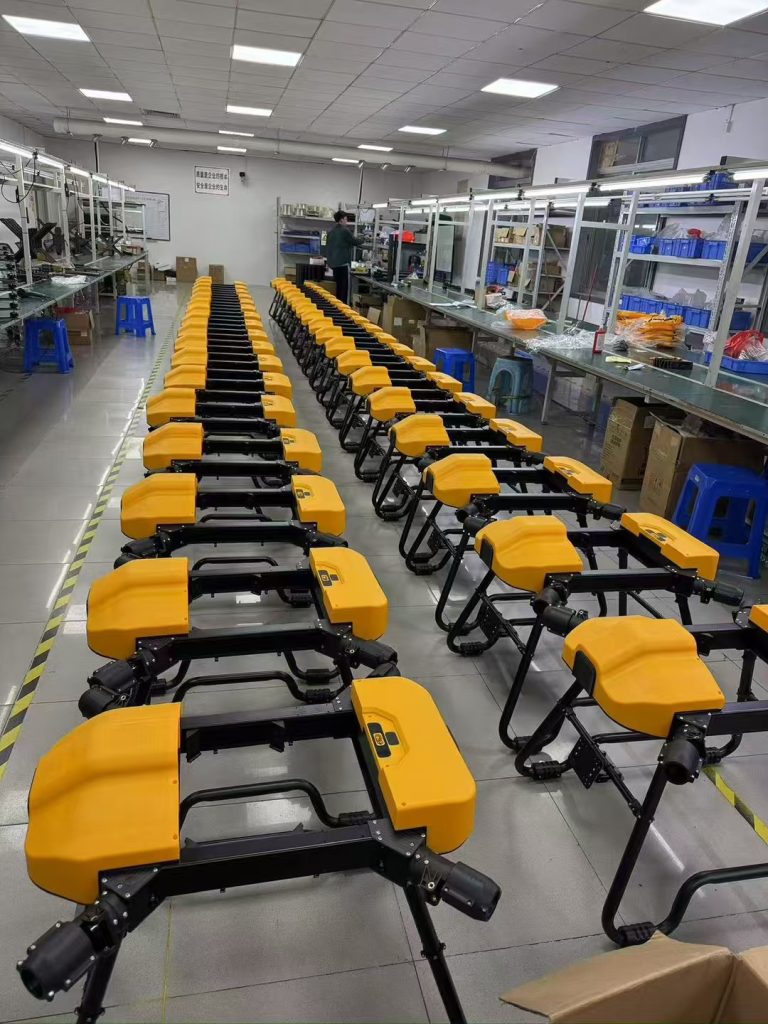
Wheat, as one of the world’s most vital staple crops, feeds over 35% of the global population and plays a critical role in food security. However, wheat farming faces increasing challenges: labor shortages, rising input costs, pest and disease outbreaks, and the need for sustainable practices to protect yields and the environment. Traditional spraying methods—manual labor, tractor-mounted sprayers, or basic drones—are often inefficient, costly, and environmentally damaging in large-scale wheat fields.
Enter the drone for wheat spraying: a high-tech, precision agriculture solution designed to optimize crop protection, reduce waste, and boost yields in wheat farming. As a leading Chinese manufacturer of agricultural drones, we’ve developed specialized wheat spraying drones that combine cutting-edge technology with deep expertise in cereal crop management. These drones are tailored to the unique needs of wheat fields, offering unmatched efficiency, precision, and reliability.
The Challenge: Why Wheat Farming Needs Advanced Spraying Drones
Wheat cultivation presents specific challenges that demand innovative solutions:
– Large-Scale Fields: Wheat is typically grown in vast expanses (hundreds to thousands of hectares), requiring rapid and uniform application of pesticides, fungicides, or fertilizers.
– Pest & Disease Pressure: Common threats like rust diseases (e.g., stem rust, leaf rust), aphids, and powdery mildew can spread quickly, reducing yields if not treated promptly.
– Labor Shortages: Manual spraying is time-consuming and physically demanding, while finding skilled labor for large fields is increasingly difficult.
– Environmental Concerns: Overuse or improper application of chemicals leads to soil degradation, water contamination, and harm to beneficial insects, threatening sustainable farming.
– Weather Sensitivity: Wheat is often sprayed during narrow windows (e.g., early mornings or evenings) to avoid crop damage or inefficacy, requiring fast and reliable operations.
For wheat farmers, these challenges translate to:
– Lower Yields: Untreated pests or diseases can reduce wheat production by 20–40%.
– Higher Costs: Wasted chemicals, labor, and fuel inflate operational expenses.
– Risk of Crop Failure: Delayed or uneven spraying exacerbates pest outbreaks or nutrient deficiencies.
How Wheat Spraying Drones Solve These Challenges
Our wheat spraying drones are engineered to address the unique needs of wheat cultivation, offering a suite of features that enhance efficiency, precision, and sustainability:
1. High-Capacity Spraying for Large Fields
Wheat fields often span hundreds of hectares, requiring drones with significant payload and endurance. Our drones feature:
– 20L–50L Spray Tanks: Covering 15–30 acres per hour, our drones can spray up to 80–100 hectares/day, significantly faster than manual methods or small drones.
– Uniform Coverage: Optimized spray nozzles (18–36 high-precision ceramic nozzles) ensure even distribution of chemicals, even in dense wheat stands (typically 20–50 cm tall at spraying stage).
– Variable-Rate Spraying (VRS): AI-powered systems adjust spray volume in real time based on wheat density, pest hotspots, or disease severity, reducing chemical waste by 40–60%.
2. Precision Navigation & Autonomous Operation
Wheat fields are often large and featureless, making navigation challenging for traditional drones. Our solutions include:
– RTK (Real-Time Kinematic) GPS: Centimeter-level positioning ensures the drone follows pre-plotted routes with sub-inch accuracy, aligning spray patterns with wheat rows and avoiding overlaps or missed spots.
– Autonomous Flight Planning: Farmers use a simple app to upload field maps (via satellite imagery or drone surveys), set parameters (spray height, speed, target zones), and the drone auto-generates an optimal flight path—no pilot’s license required.
– Obstacle Avoidance: LiDAR or 360° radar sensors detect obstacles (e.g., irrigation pipes, fences, or rocks) and adjust flight paths in real time, ensuring safe operation in complex field layouts.
3. Early Pest & Disease Detection
Early intervention is critical for wheat health. Our drones can be equipped with:
– Multispectral Cameras: Capture data in visible and near-infrared spectra to detect early signs of rust diseases (e.g., yellowing or browning of leaves), aphid infestations, or nutrient deficiencies (e.g., nitrogen shortage).
– Thermal Sensors: Identify water-stressed plants or areas with poor root development, enabling targeted irrigation or fertilizer adjustments alongside spraying.
4. Adaptability to Wheat Growth Stages
Wheat requires different spraying strategies at various growth stages (e.g., tillering, heading, flowering). Our drones are designed to adapt with:
– Adjustable Spray Heights (1–3 meters): Ensures chemicals reach the lower leaves (where rust often starts) without damaging the wheat head or stems.
– Weather-Resistant Design: Operates in light rain or wind (up to 10–15 km/h), critical for spraying during narrow weather windows in wheat-growing regions.
5. Environmental & Economic Benefits
– Reduced Chemical Use: Precision spraying minimizes over-application, cutting pesticide and fertilizer costs by 30–50% while protecting beneficial insects and soil health.
– Labor Savings: One drone can replace 10–15 manual laborers, reducing operational costs and eliminating the risks of manual spraying (e.g., exposure to chemicals).
– Yield Improvement: Timely and uniform application of inputs increases wheat yields by 10–25%, especially in regions prone to rust or aphid outbreaks.
Real-World Impact: Transforming Wheat Farming
Case 1: North American Wheat Belt (USA/Canada)
A 10,000-acre wheat farm in Kansas (USA) faced recurring stem rust outbreaks and labor shortages. After adopting our 30L wheat spraying drones:
– Efficiency: Spraying time per acre dropped from 10 minutes (tractor) to 1 minute, enabling timely interventions during peak rust seasons.
– Yield: Rust control improved by 90%, increasing yields by 18% (equivalent to an extra 1,800 bushels/acre).
– Cost Savings: Chemical usage fell by 52%, saving $250,000 annually.
Case 2: Australian Wheat Fields
In the drought-prone regions of New South Wales, a 5,000-acre farm used our drones to apply fungicides and fertilizers precisely:
– Resource Optimization: Targeted spraying reduced water usage (by minimizing over-spray) and fertilizer waste, cutting input costs by 40%.
– Sustainability: Lower chemical runoff protected local waterways, earning certification for sustainable farming practices.
Case 3: Indian Wheat Farms
A group of smallholder farmers in Punjab (India) pooled resources to lease our 20L drones for their 2–5 acre plots:
– Accessibility: Drones enabled timely spraying during monsoon seasons, when manual labor was scarce.
– Yield Boost: Precision application improved wheat quality and quantity, increasing incomes by 25% for 300+ farmers.
Why Choose Our Wheat Spraying Drones?
As a trusted Chinese manufacturer, we combine 20+ years of agritech expertise with end-to-end manufacturing control to deliver drones tailored specifically for wheat cultivation:
1. Customized Solutions for Wheat Farmers
– Payload Options: Choose from 20L (small-to-medium farms) to 50L (large commercial operations) tanks, with spray systems optimized for dense or sparse wheat stands.
– Regional Adaptations: Models for high-altitude regions (e.g., Himalayan foothills), arid zones (e.g., Australia), or humid climates (e.g., Southeast Asia).
2. Global Compliance & Reliability
– Certifications: Meets international standards (CE, FCC, ISO 21442) and adheres to regional regulations (e.g., EU’s strict pesticide rules, India’s agriculture drone policies).
– Rigorous Testing: Each drone undergoes 500+ hours of pre-delivery testing, including endurance flights in wheat fields and spray accuracy trials.
3. Local Support & Training
– Pre-Sales Field Trials: Test the drone on your farm to validate performance before purchase.
– On-Site Training: Train your team on mission planning, obstacle avoidance, and maintenance.
– 24/7 After-Sales Service: Multilingual technical support and rapid spare-parts delivery to minimize downtime.
The Future of Wheat Farming with Spraying Drones
As climate change intensifies and global wheat demand grows, drones will play an even greater role. Future advancements include:
– Swarm Technology: Multiple drones collaborating to spray large wheat fields simultaneously, reducing time and costs.
– AI-Powered Disease Prediction: Machine learning models forecasting rust outbreaks based on weather, soil data, and historical trends.
– Fully Autonomous Wheat Farms: Drones working alongside IoT sensors and robots to create closed-loop systems, optimizing every input for yield, sustainability, and profit.
Your Next Step: Elevate Your Wheat Farming
A wheat spraying drone isn’t just a tool—it’s a partner that safeguards your crops, reduces costs, and protects the environment. Whether you manage 100 acres or 10,000, our specialized drones are ready to transform your wheat farming operations.
*Contact us today to schedule a demo, request a custom quote, or learn how our wheat spraying drones can revolutionize your agriculture.*
—

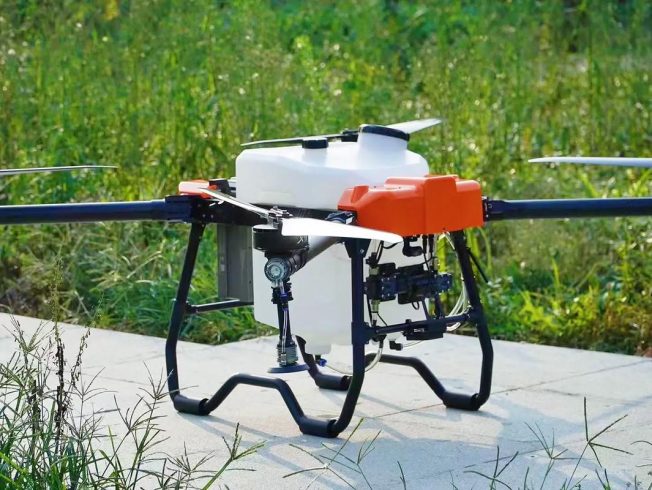
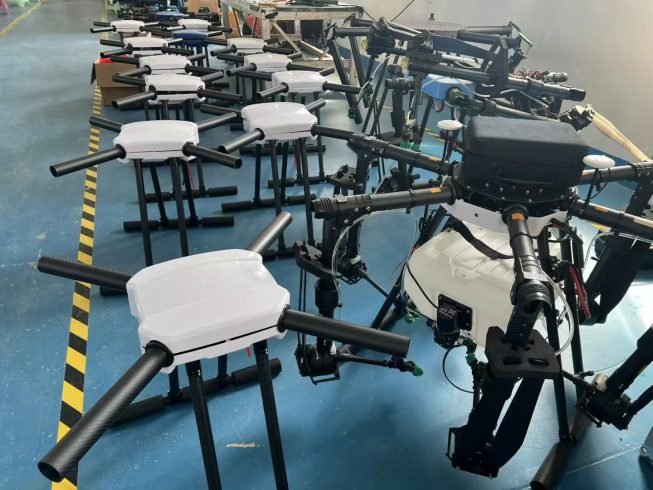
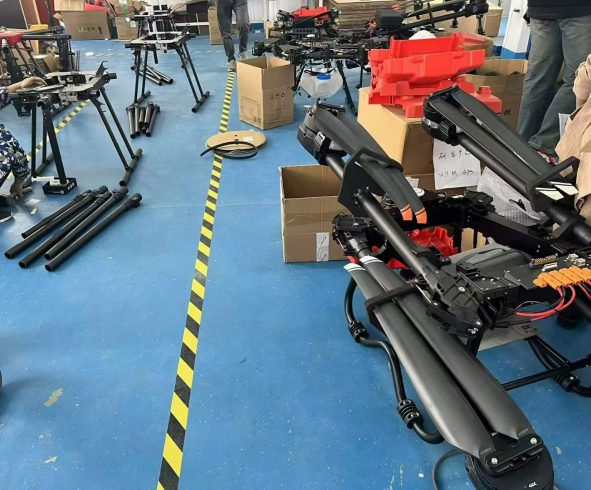
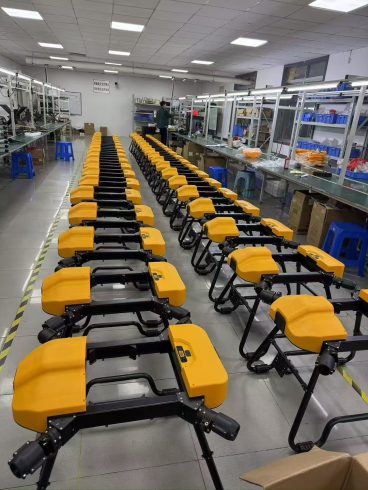

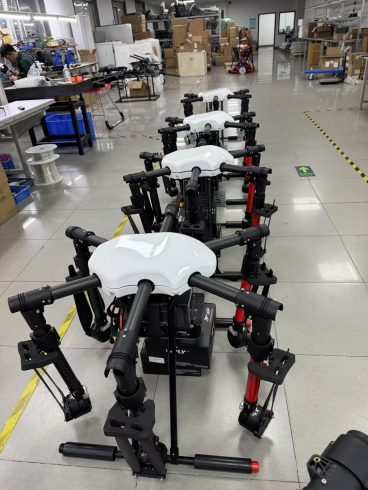
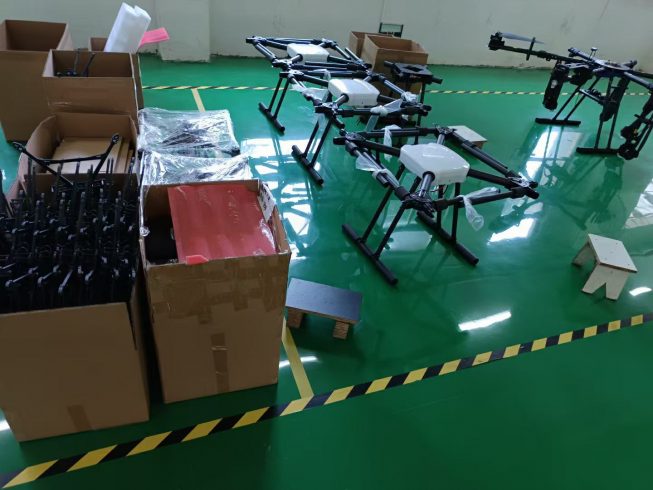
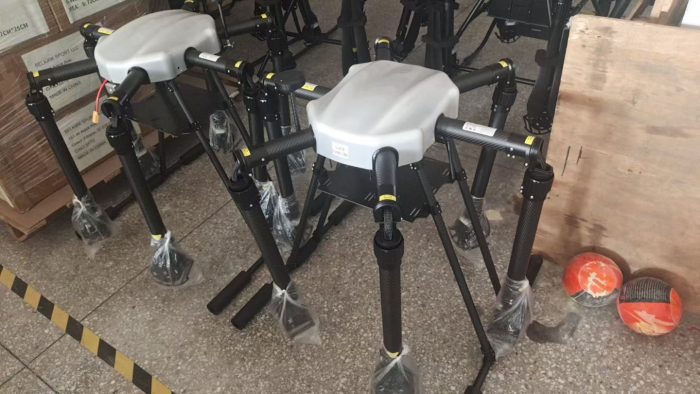
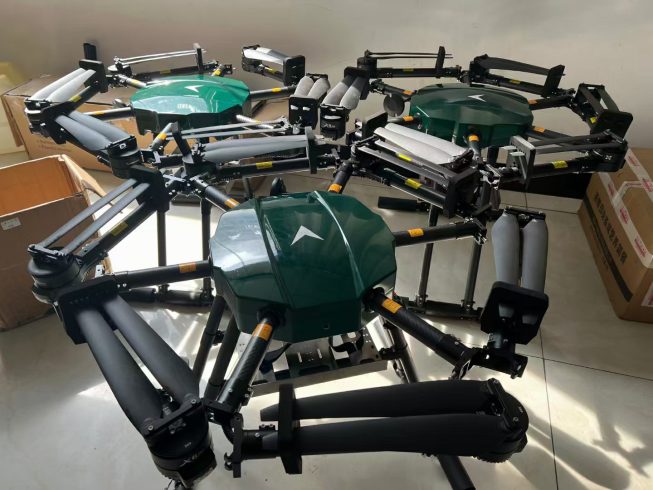
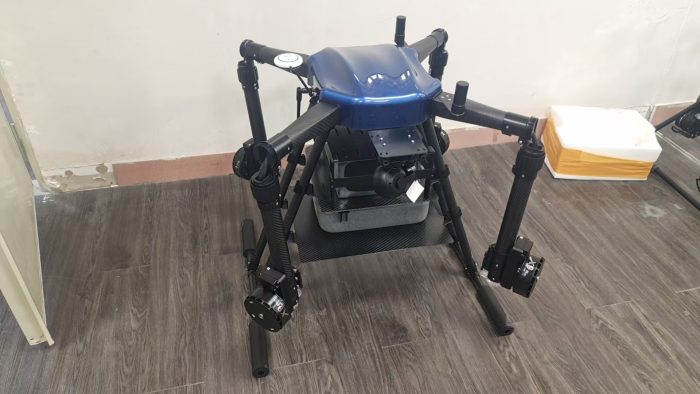

暂无评论内容